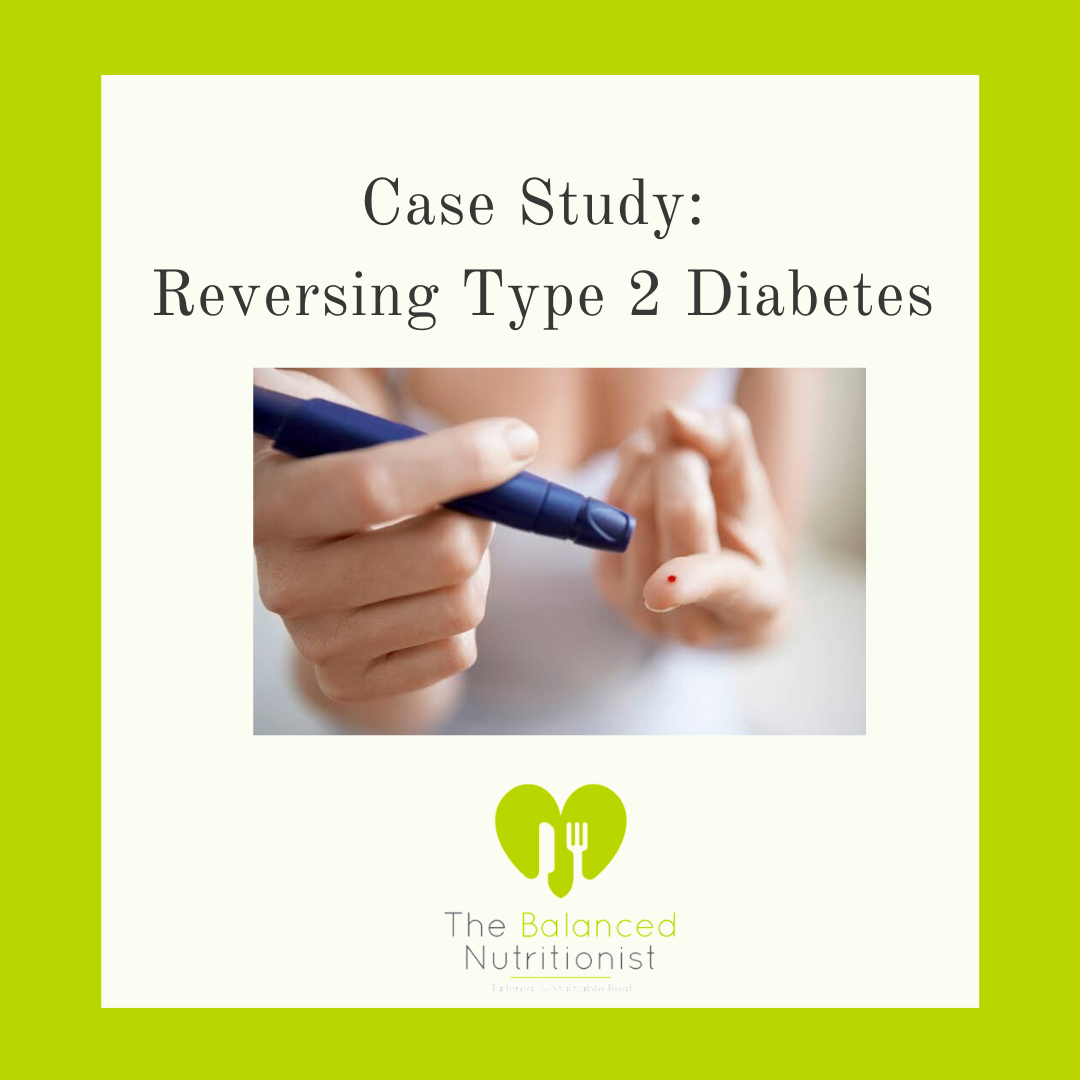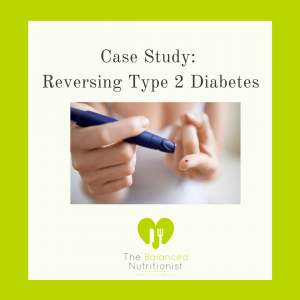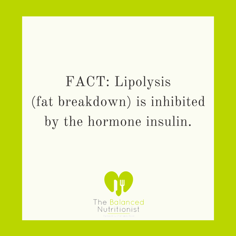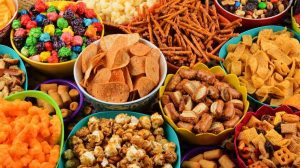It’s certainly not a conventional list of ‘baby food’ but 4 months into her foodie journey, here are some of Eliza’s favourite foods:
- Corn on the cob
- Wedges of apple
- Pate
- Grilled eggplant
- Sushi
- Fish
- Steamed asparagus
- Prawns (she goes nuts for these!)
- Quinoa porridge
- Strawberries
- Beef stroganoff
- Curries and dahl
- Sourdough bread.
This is what dinnertime looks like for us in a nutshell….
430pmish I put the finishing touches on dinner (i.e. cook it- I’ve usually prepped it earlier in the day)
5pm I remove a bit from the main dish and place it on a plate for Eliza so its cool
5:30 pm We all sit down and eat. The same meal. There is NOTHING different about what we eat and what she eats. When we go out for a meal, we’ll simply share our own meals with Eliza.
At 10 months of age, we are having family meals. There is no ‘baby food’ and ‘adult food’… it’s just-food. I’ve made a few adjustments to our recipes (e.g. I don’t cook with any salt / I make my own stock paste with reduced salt content/ I serve fresh chili on the side for me and Carl to add instead of cooking it in meals) but we all eat the same. This was one of the main reasons why I was drawn to the baby-led weaning approach in the first place and we are proof that it works. So be it roast dinner, a casserole, homemade butter chicken, Mexican bean soup, spaghetti bolognese, fish pie…. That’s what we all eat and we eat it together at the table sans television with the dog under the table begging for scraps. It’s all pretty… simple really.
I’m currently in the process of writing an ebook about Baby-led weaning so I thought this ‘update’ on where we were with food was a fitting addition to the blog for now. When it comes to feeding babies, here are 3 unconventional tips from a Nutritionist that I’ve learned myself over the last 4 months…..
Babies follow your lead.
For the first 6 months of her life, Eliza watched me guzzle water and eat a lot of food. I can not emphasize enough how important nourishing yourself is as a new Mum, even if you are not breastfeeding. Why we have postpartum diets circulating in our faces is beyond me. You need food mama. And a lot of it. Whilst I realize ‘eating’ must be intrinsic on some level, I do firmly believe that Eliza’s enthusiasm for food (and water) has at least in part been influenced by watching me (and my husband too!). Sure, you can argue that we’ve just ‘had it easy’ but her enthusiasm to give most things a go and her expansive palate must, to some degree, be a result of the examples that we have set for her.
Babies can have and love flavour.
There’s a lot of bland baby food out there… and a lot of ‘fear’ around offering food to babies that have flavour from ‘real’ ingredients like garlic, ginger, spices, and herbs. But these flavoursome morsels offer an abundance of additional micronutrients AND they condition a baby’s palate to be more accepting of a wide variety of different tastes and textures. If we want to reduce the chances of fussiness later on…. We need to be exposing babies to flavour early. When we first began our solid journey, we offered single vegetables for a week or 2… but Eliza was quickly trying food off our own plates and hence the evolution to plating up a variety of different cuisines very early on.
Babies’ needs and tastes will change from day to day, just like our own.
Whilst I strive for as much variety as possible in our own and Eliza’s diet there are still firm favourites on repeat every few weeks. It’s interesting that the ‘parts’ of the meal she enjoys the most will change. For example, if I were to serve a roast chicken… sometimes she will just go NUTS for the meat. Once, she gnawed at a chicken leg for ages. Other times the meat may be largely ignored and the roast pumpkin or the head of cauliflower will afford all of the attention. Sometimes a firm favourite meal is largely ignored and she’ll fill up on breast milk instead whilst other times we are refilling her bowl. I’ve decided to suppress any stress that arises when this occurs and trust that Eliza is simply taking what she needs at any given moment. Just like we sometimes feel like a bowl of veggie soup and other times can’t wait to dig into a hearty steak.
I’m not naive. I know we will face battles on our foodie journey. But we are off to a good start and a good foundation will definitely help. After all, the first 1000 days (from conception to a child’s second birthday) are arguably the most crucial time to lay a solid foundation across all facets of a baby’s life.
Bottom line – weaning to solids does not have to be stressful. It has been a fascinating and joyous adventure for us so far… albeit messy! As with anything ‘baby-related’ you do what works for you and your family and you as a parent know what’s best for your child. I realize some of the things Eliza loves aren’t conventionally recommended, but sometimes you know better than what’s on the internet :).
Happy weaning and look out for my eBook when it comes!
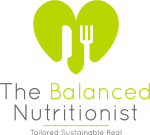

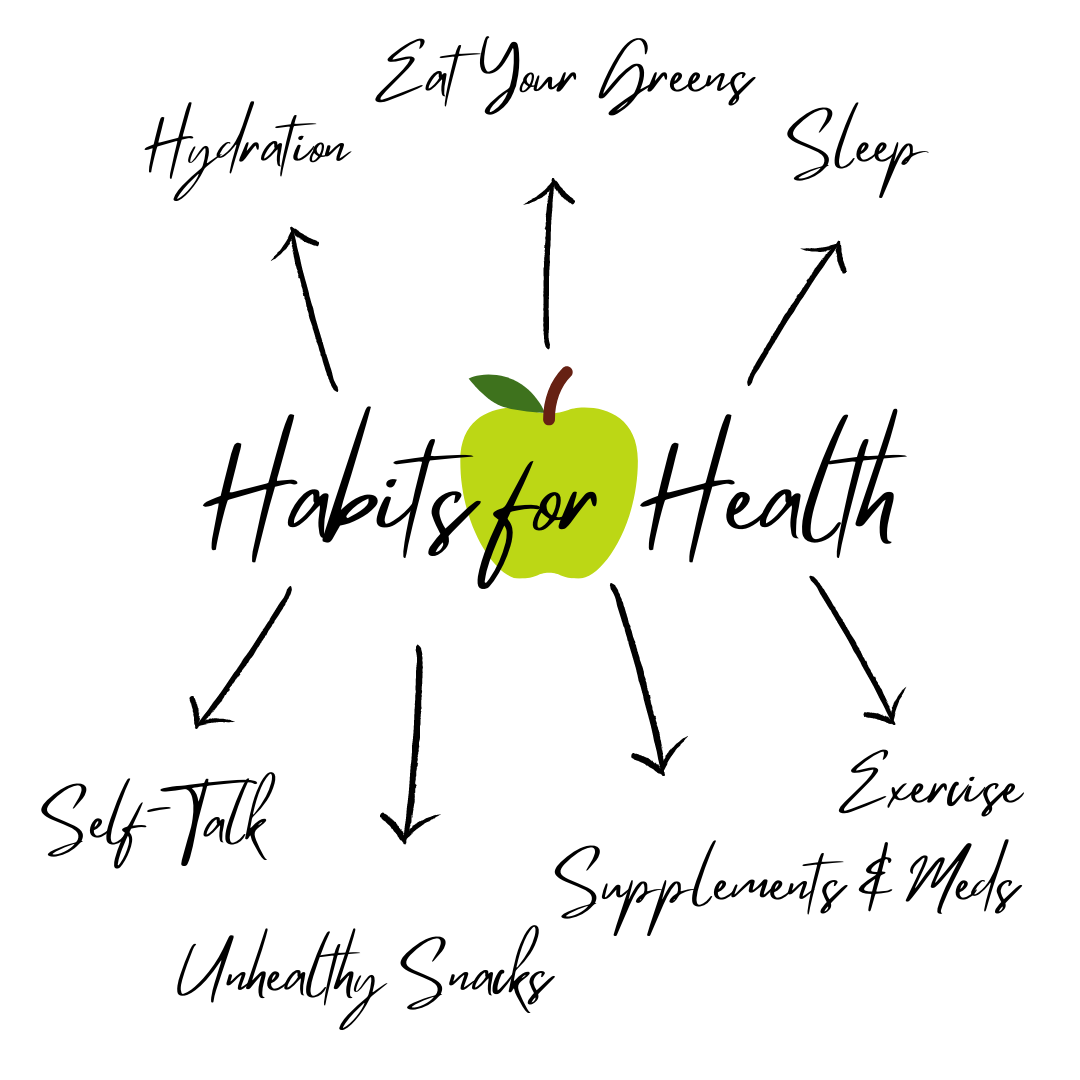
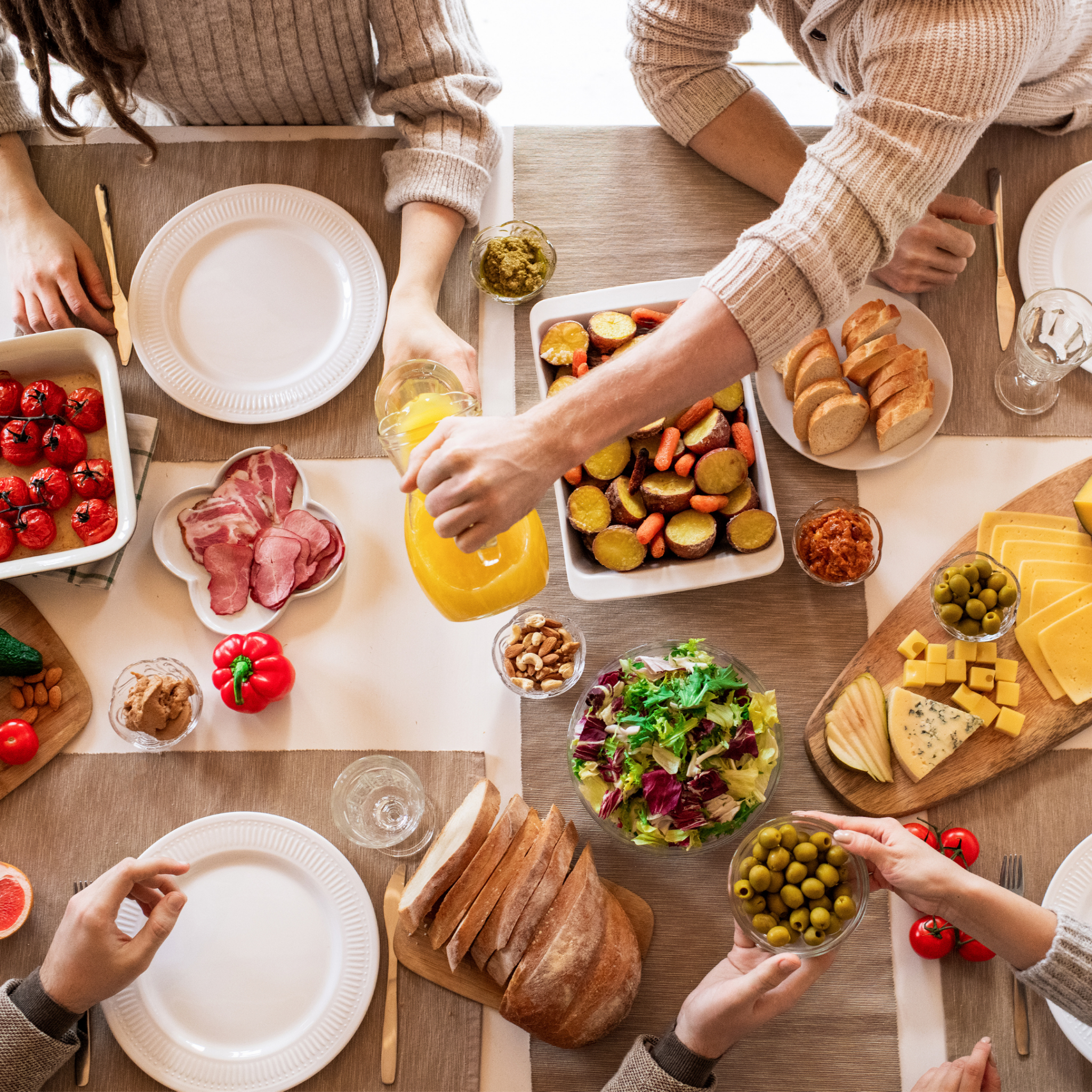
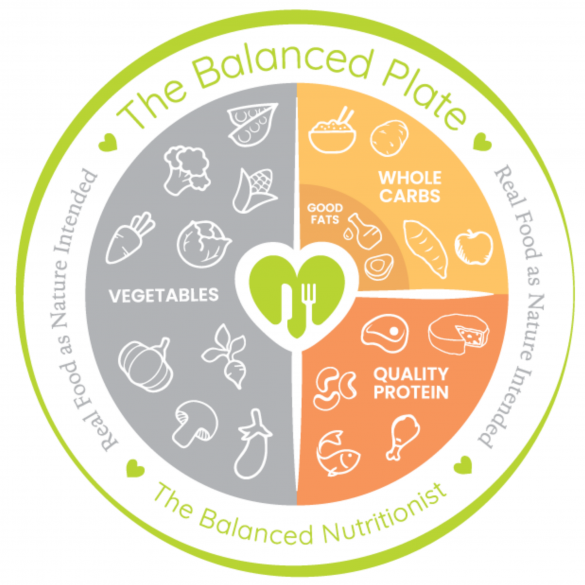
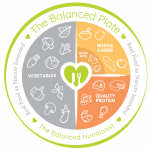



 Hi everyone! My name is Eliza Summer King. Eliza because mum and dad love it. Summer as it’s a family name on Dad’s side… plus sunshine is sooo beautiful, I love it on the outside.
Hi everyone! My name is Eliza Summer King. Eliza because mum and dad love it. Summer as it’s a family name on Dad’s side… plus sunshine is sooo beautiful, I love it on the outside.
